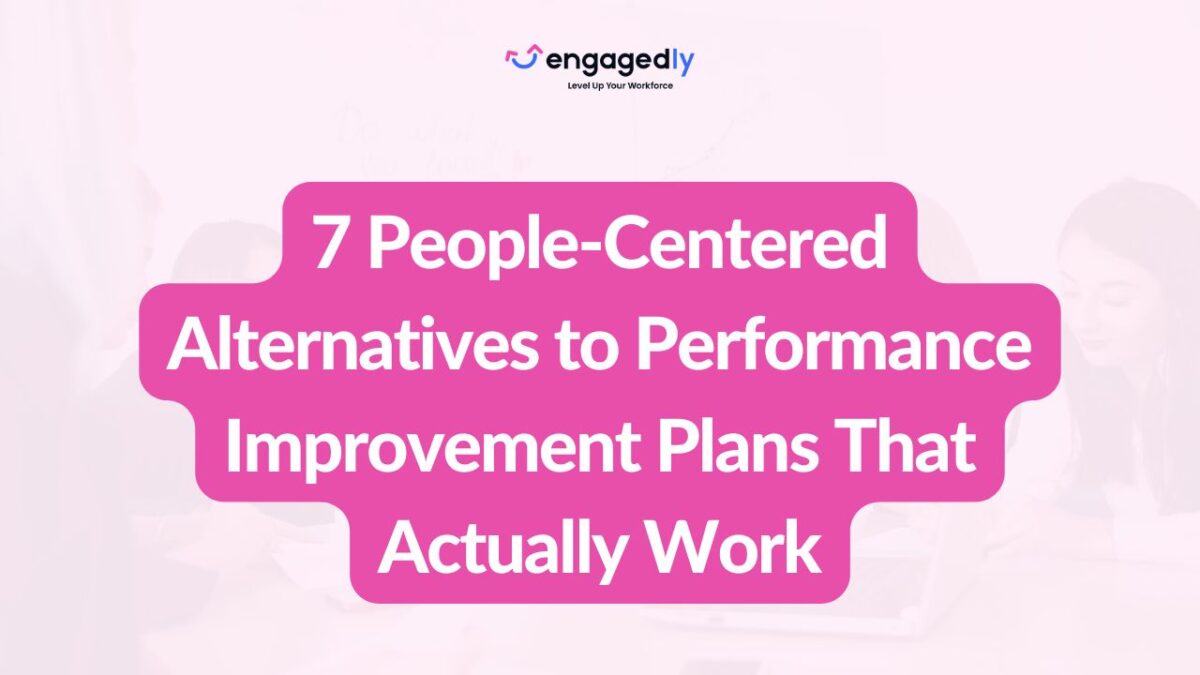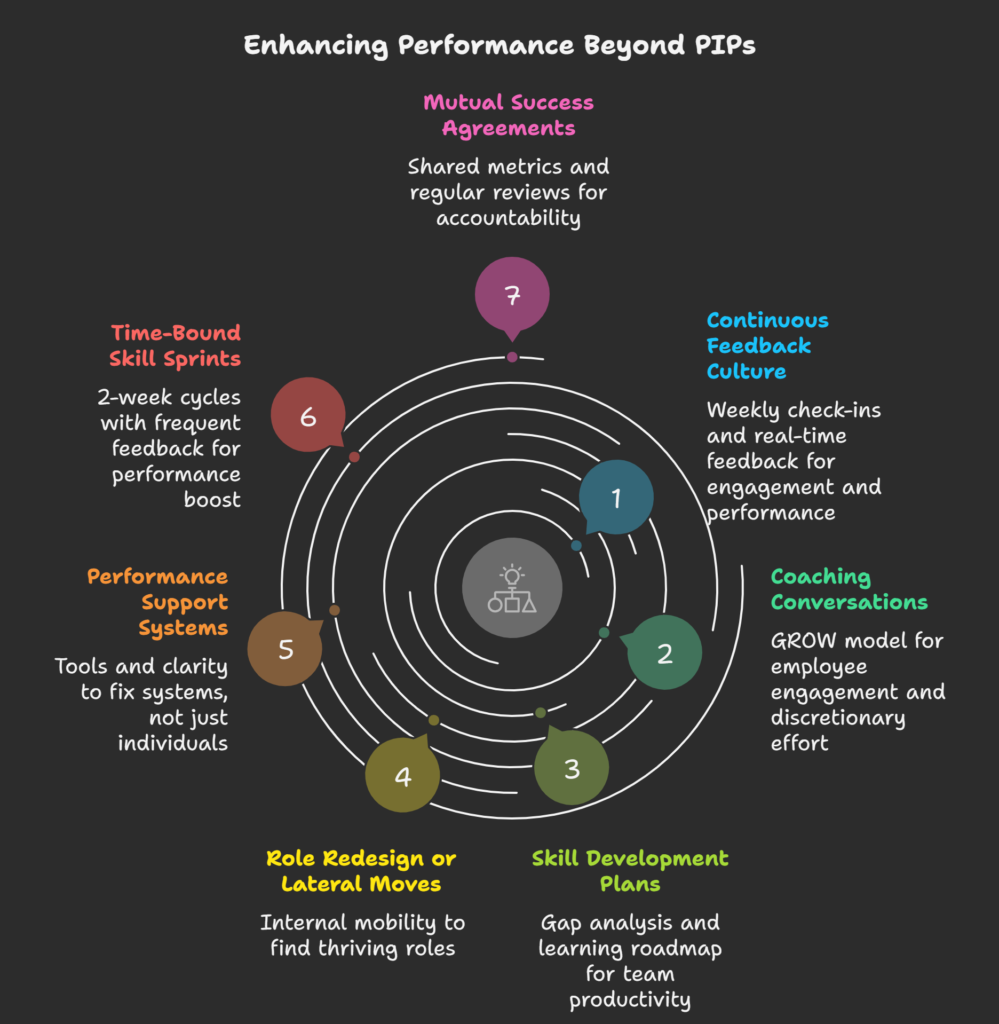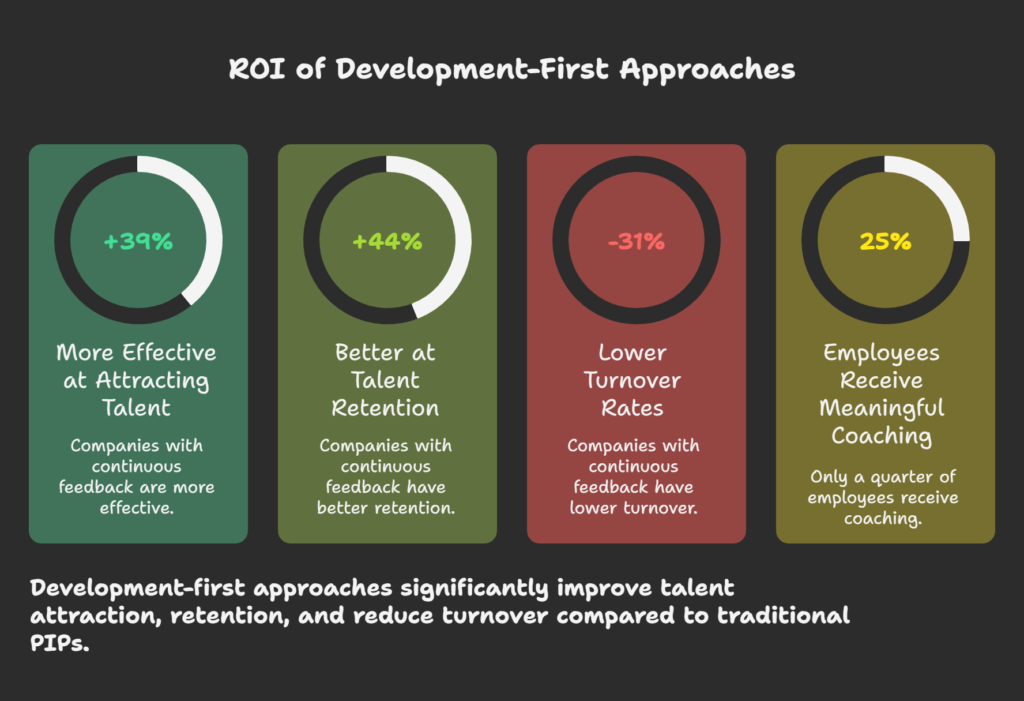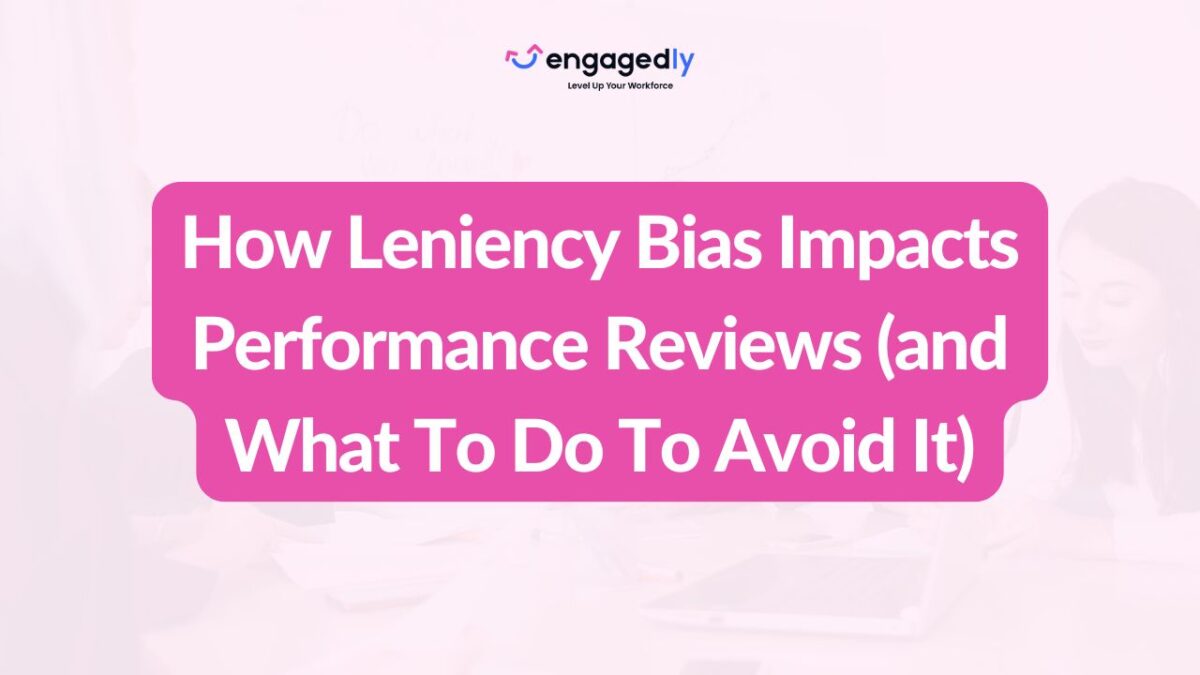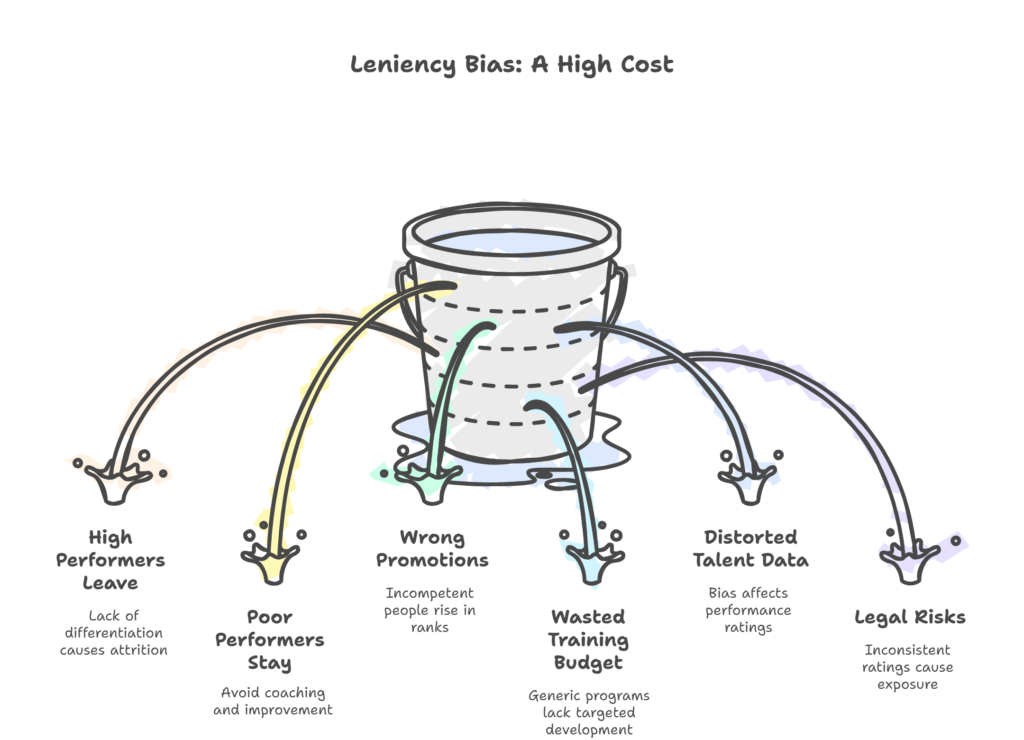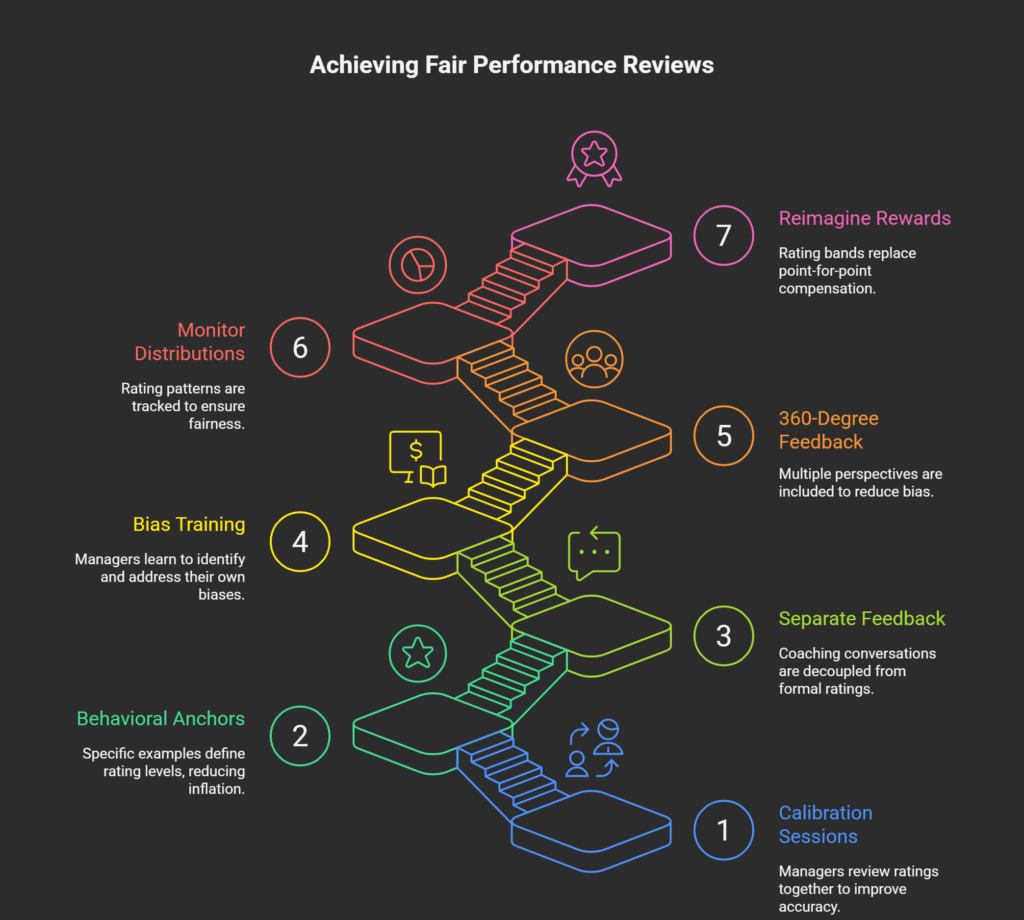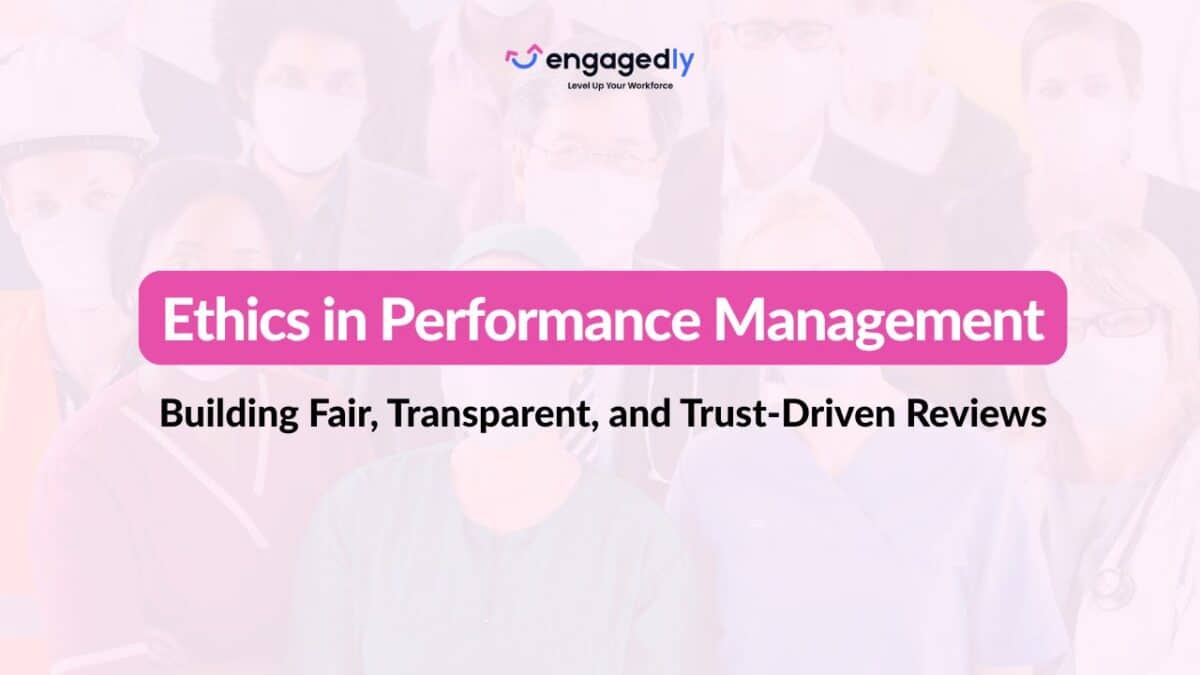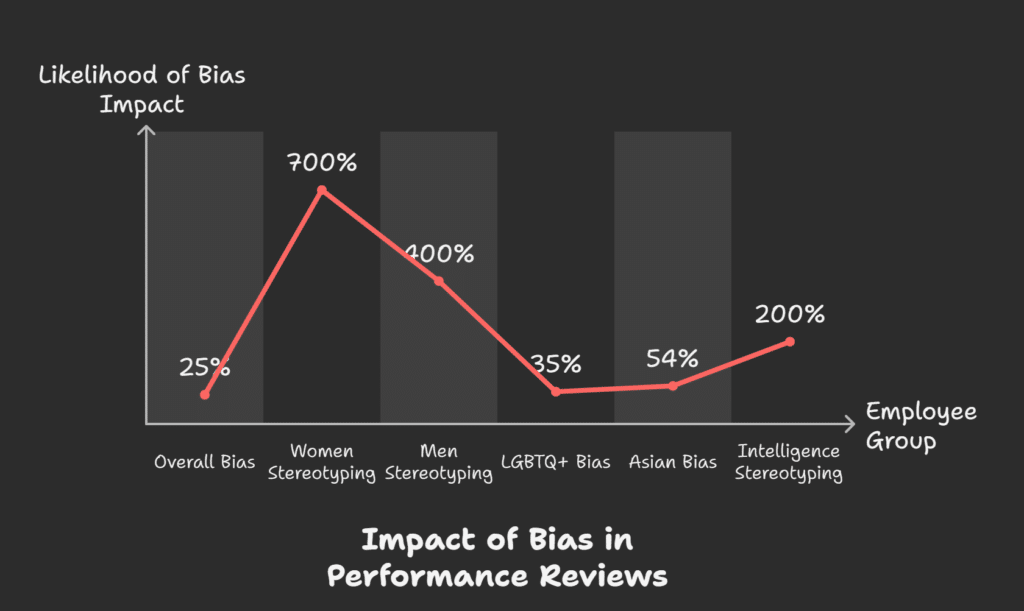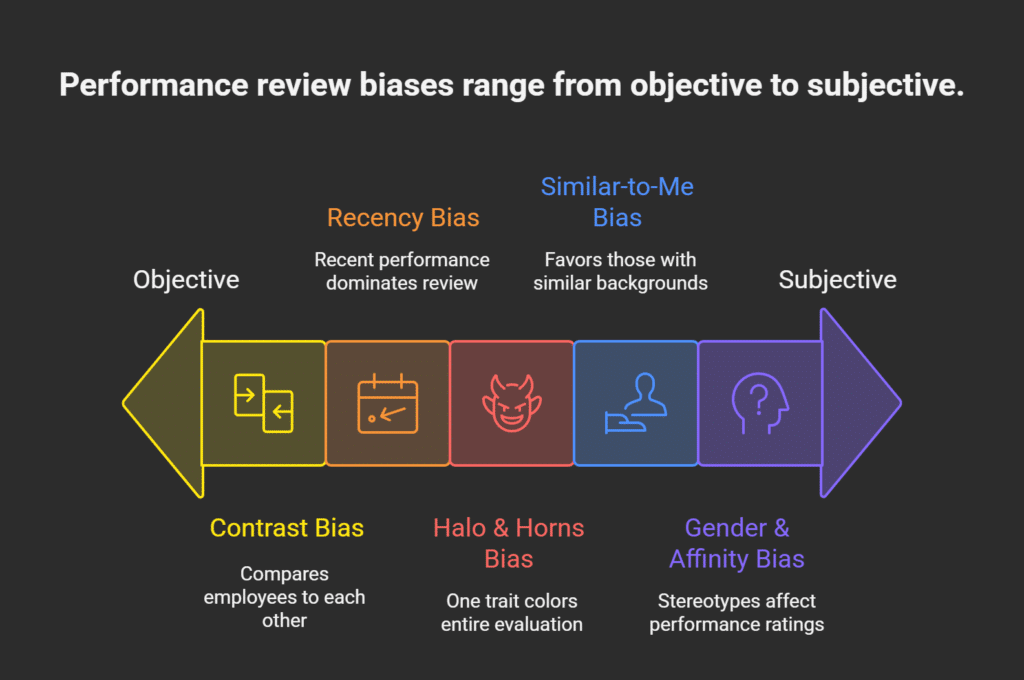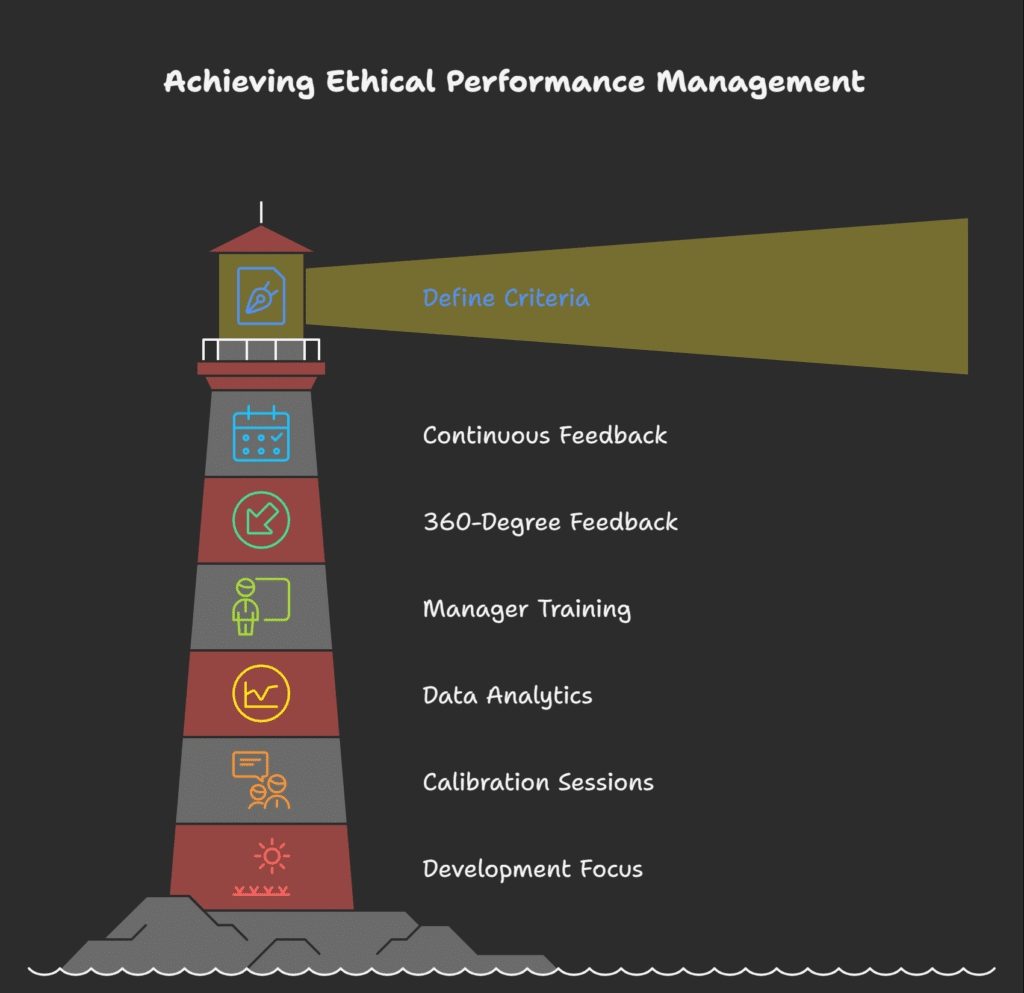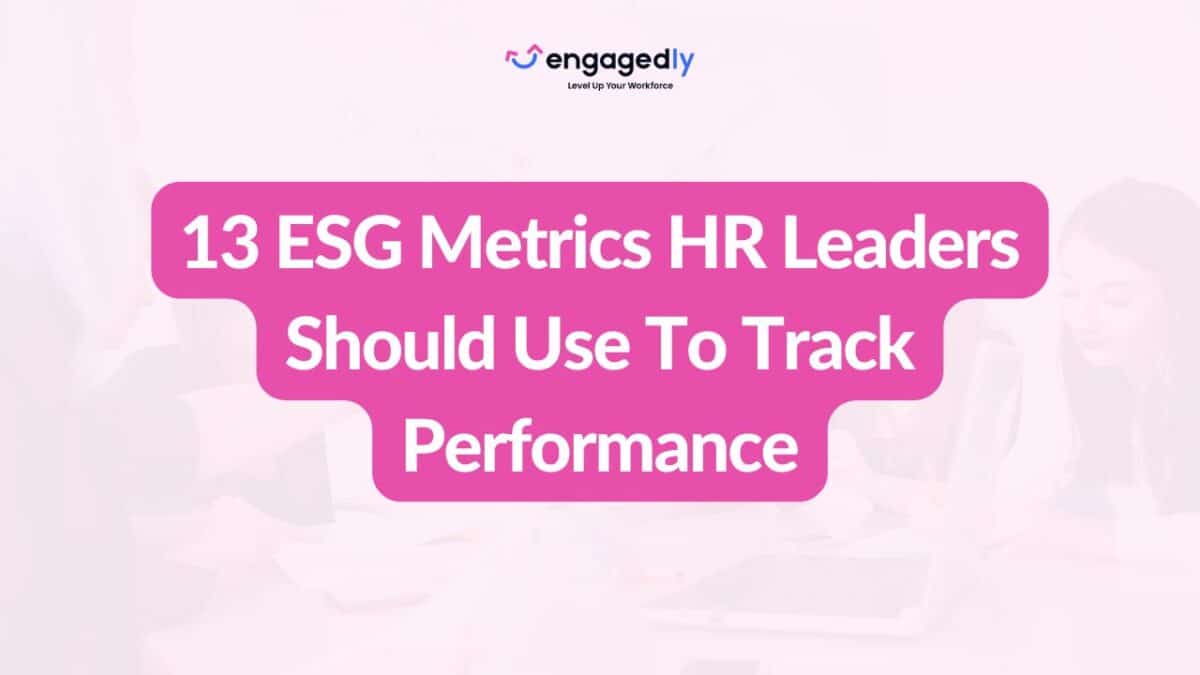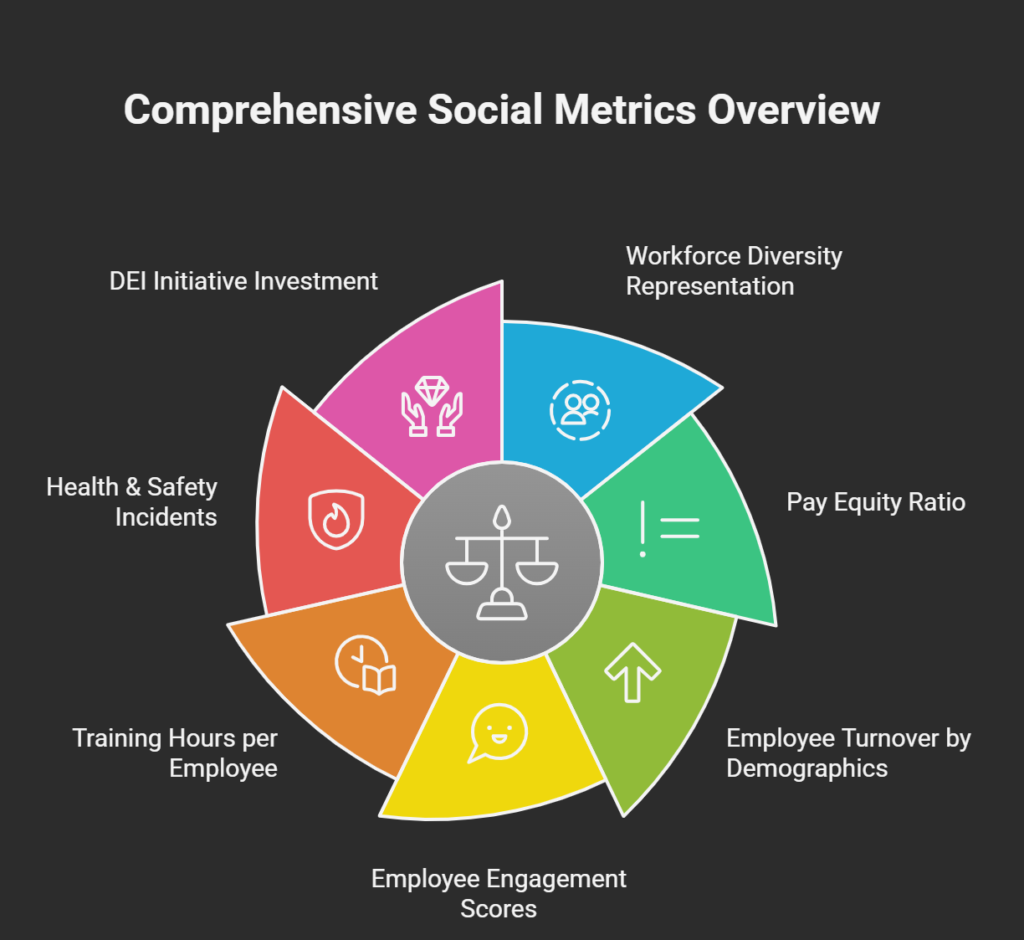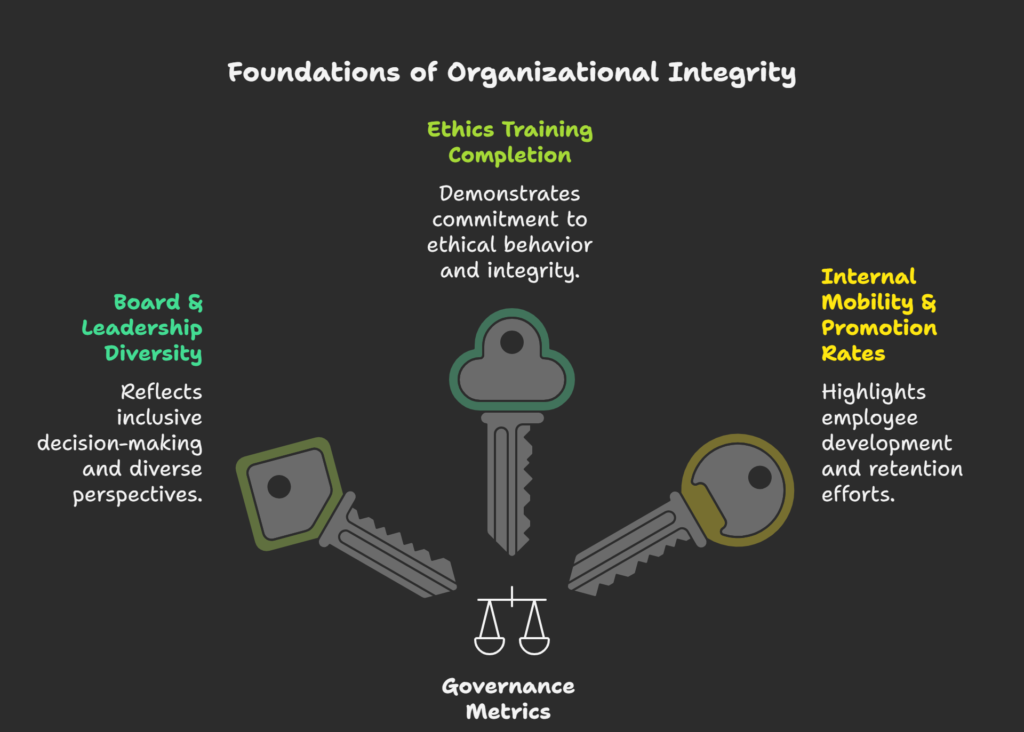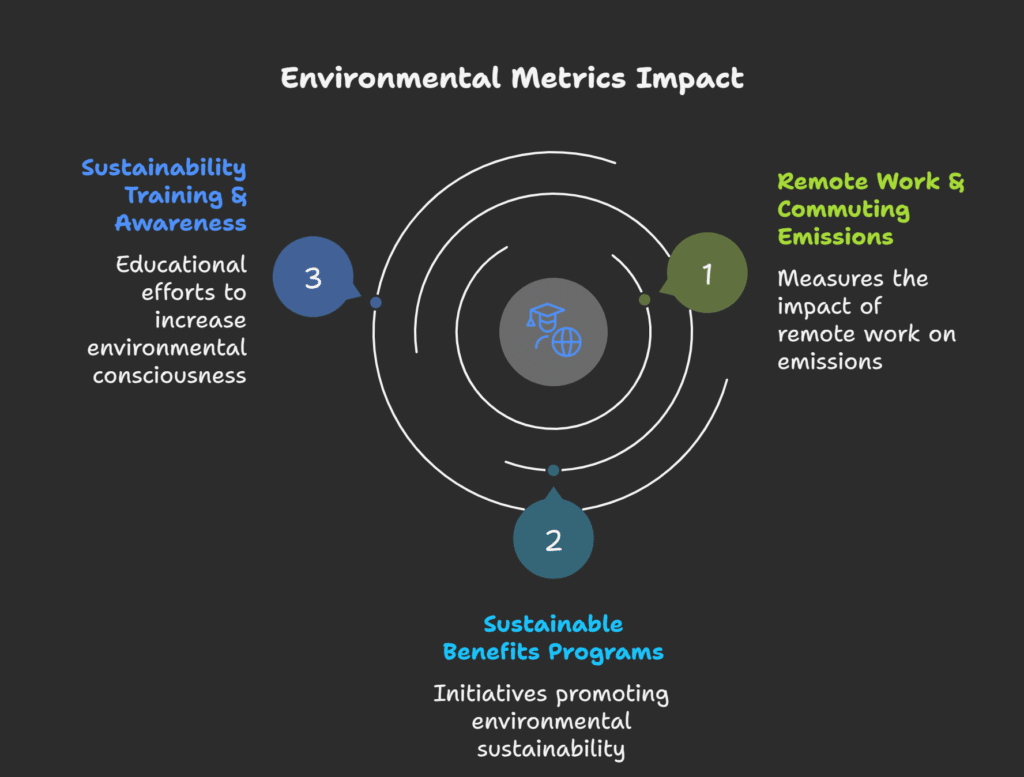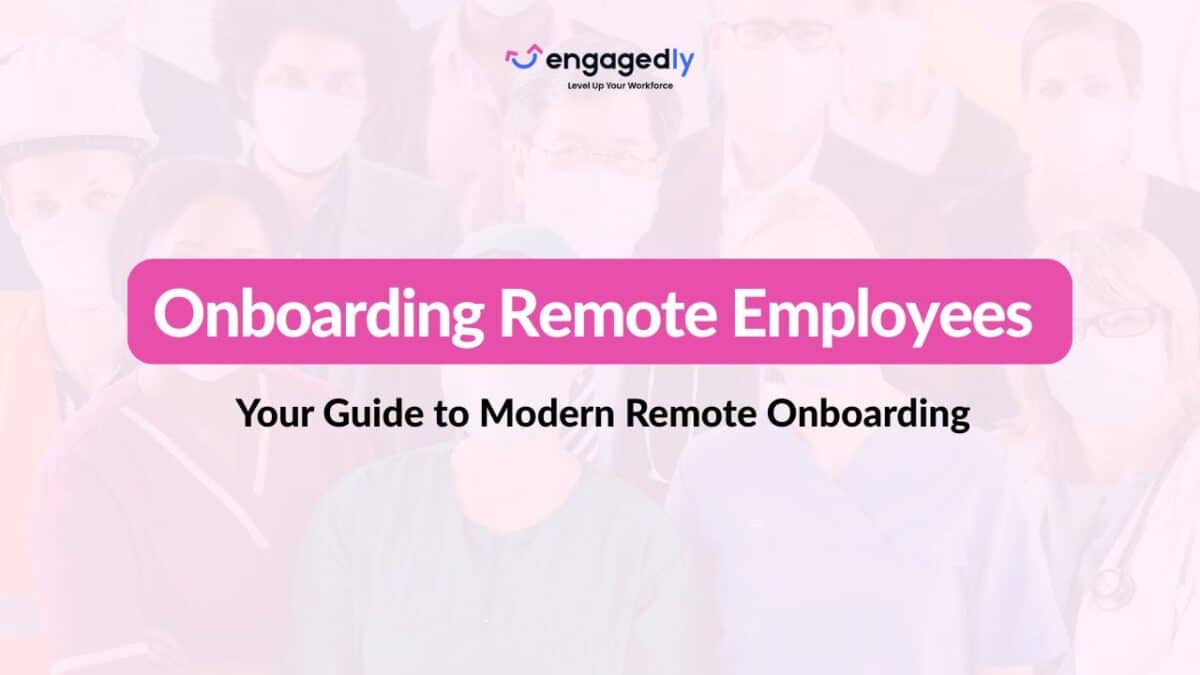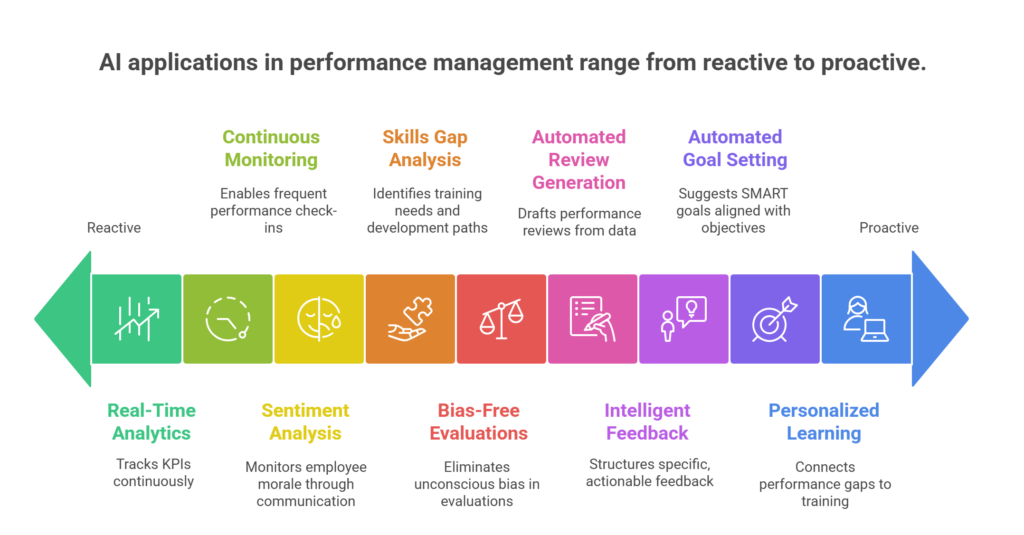Look around your organization. Who are your best employees?
Now look again, differently this time.
The people you just identified might be obvious performers. But hidden somewhere in your workforce are employees with untapped capabilities who could transform your teams if given the right opportunities. These individuals possess what organizational psychologist Adam Grant calls “hidden potential.”
“I think of hidden potential as the capacity for growth,” Grant explains. “It’s invisible to you and maybe even invisible to the people around you.”
Here’s the exciting part: your organization is likely full of people whose potential remains undiscovered. And finding them isn’t just good for employee morale—it’s a strategic business imperative.
Why Finding Hidden Potential Matters Now More Than Ever
The business case for identifying and developing hidden potential is stronger than ever. Consider this: employees who’ve moved internally have a 64% chance of remaining with their organization after three years, compared to just 45% for employees who haven’t experienced internal mobility.
Internal mobility has increased 6% year-over-year, signaling that organizations are recognizing the value of growing talent from within. Yet only 37% of organizations report that high-potential employees have a development plan—a striking gap that represents both a challenge and an opportunity.
When you overlook hidden potential, you miss opportunities to:
- Fill critical roles with proven culture fits
- Reduce costly external hiring
- Boost engagement and retention
- Build a more adaptable workforce
- Create pathways for diverse talent
As Grant notes in his research, “Potential is not a matter of where you start, but of how far you travel.”
The Hidden Cost of Missing Hidden Potential
Organizations face what talent strategists call Type 2 error: failing to identify individuals who could successfully move upward. This isn’t just an HR concern—it’s a business risk.
Consider these realities:
- 88% of C-suite executives believe providing employees access to
development opportunities is critical to business strategy - Internal movers acquire new skills 4x faster than their peers
- Companies with strong learning cultures see higher retention rates and healthier management pipelines
Yet many organizations still rely on outdated methods that favor vocal confidence over quiet competence, mistaking “the babble effect”—promoting people who talk the most—for true leadership capability.
6 Strategic Steps to Uncover and Develop Hidden Potential
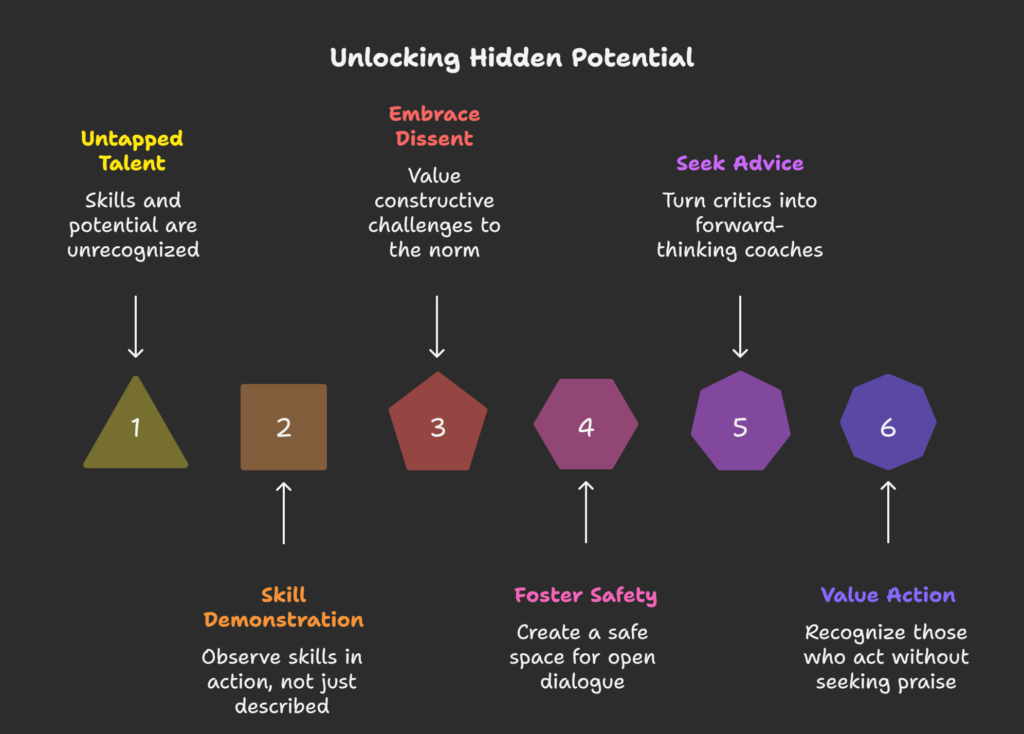
1. Look for Diamonds in the Rough: Ask for Demonstrations, Not Descriptions
The traditional approach asks employees what they do. The better approach? Ask them to show you what they can do.
“Instead of talking about skills, ask them to demonstrate skills,” Grant advises.
Action steps:
- During one-on-ones, ask employees about the shortcuts and best practices they use to accomplish work
- Inquire about times they exceeded goals or created innovative solutions
- Request demonstrations of problem-solving approaches rather than relying solely on performance reviews
Example: A financial services company discovered that a junior analyst had developed a Python script that automated three hours of daily reporting work. By asking employees to share their efficiency innovations, they identified technical talent that had been invisible in traditional performance reviews—and promoted her to lead a process automation initiative.
This approach reveals great thinkers and innovators who might not naturally self-promote.
2. Recognize and Embrace Disagreeable Givers
This might be Grant’s most counterintuitive—and powerful—advice.
Most recognition systems favor agreeable team players who get along with everyone. But Grant suggests seeking “disagreeable givers”—people who challenge the status quo while genuinely caring about organizational success.
“Don’t judge from their crusty exterior,” Grant warns.
These individuals:
- Play devil’s advocate constructively
- Tell uncomfortable truths that spark growth
- Respectfully raise concerns—then follow up with real solutions
- Provide tough love with actionable advice
Why this matters: These culture carriers are essential for innovation and continuous improvement, even if they’re not the most popular employees in the office.
How to spot them: Look beyond your employee recognition data. Disagreeable givers often won’t win “culture champion” awards, but they drive meaningful change. Review who raises thoughtful objections in meetings, who submits detailed improvement suggestions, and who questions assumptions productively.
3. Normalize Psychological Safety in Difficult Conversations
Your disagreeable givers feel comfortable speaking uncomfortable truths. But most employees don’t.
Creating psychological safety unlocks hidden potential by making it safe for people to share ideas, admit mistakes, and challenge prevailing thinking without fear of punishment.
Grant’s personal philosophy: “I take my job seriously, but I don’t take myself or my ego seriously.”
Two powerful tactics:
Be willing to criticize yourself publicly. When leaders admit shortcomings and mistakes, they demonstrate that vulnerability is strength. Employees see that speaking up is not just acceptable—it’s modeled from the top.
Retire the feedback sandwich. Stop wedging negative feedback between two positive statements. Instead, try this: “I want to talk about what’s going well and what’s not going so well. We can do two separate conversations, or we can do them together. What do you prefer?”
This approach respects adult professionals and creates clearer communication channels.
Example: A technology company implemented “failure forums” where leaders shared projects that didn’t work and what they learned. Within six months, employee suggestions for improvements increased 47%, and several “quiet” engineers who had never spoken up in meetings began contributing innovative ideas.
4. Turn Critics into Coaches: Ask for Advice, Not Feedback
Critics exist in every organization. The question is whether you harness their perspectives or ignore them.
Here’s the shift: ask people for advice (forward-thinking) instead of feedback (backward-looking).
Why this works: Advice solicits solutions and future-oriented thinking. Feedback often devolves into criticism about past actions.
When you ask the seemingly disengaged employee, “What advice would you give me about improving this process?” you might discover someone with genuine insights who simply needed to be asked.
Real impact: Organizations report that employees who felt “heard but disagreed with” about decisions are more engaged than those who simply agreed passively. The act of soliciting input signals respect and reveals hidden analytical talent.
5. Don’t Wait to Spot Confidence—Look for Action-Takers
“Most of us have the relationship between confidence and action backwards,” Grant observes.
We think people need confidence to act. In reality, taking action creates confidence.
This means your hidden potential employees might be the ones who:
- Volunteer for unglamorous projects
- Take initiative without fanfare
- Solve problems without seeking recognition
- Complete tasks others avoid
What to look for:
- Who consistently delivers on commitments, even when no one’s watching?
- Who takes ownership of problems without being asked?
- Who quietly keeps projects moving forward?
These “doers” often have low visibility but high impact. They’re building confidence through action while waiting for someone to notice their contributions.
Pro tip: Review project completion data and cross-functional collaboration tools. The people who consistently move work forward—regardless of title—are demonstrating potential.
6. Celebrate Small Wins and Progress Over Perfection
You can’t achieve big wins without small steps. When you only recognize major achievements, you miss opportunities to reinforce the behaviors that lead to breakthroughs.
Grant’s research emphasizes: “Character is more than just having principles. It’s a learned capacity to live by your principles.”
Implementation strategies:
Create progress recognition rituals. Weekly team check-ins that highlight incremental improvements, not just completed projects.
Reward effort and growth, not just outcomes. A failed experiment that generated learning is worth celebrating.
Make learning visible. When someone tries something new—even if it doesn’t work perfectly—acknowledge the courage and learning.
Example: A marketing agency implemented “progress highlights” in their Monday meetings where anyone could share what they learned the previous week, regardless of whether the project succeeded. They discovered that their junior designer had been experimenting with emerging AI tools and had developed expertise that positioned the agency ahead of competitors.
When employees see that progress is valued, they’re more willing to stretch beyond their comfort zones—revealing capabilities that otherwise stay hidden.
The Role of Technology in Identifying Hidden Potential
While Grant’s framework focuses on human observation, modern organizations can augment these approaches with talent intelligence platforms.
91% of L&D professionals agree that continuous learning is more important than ever for career success. Organizations using AI-powered talent management systems can:
- Analyze skill adjacencies that suggest growth potential
- Identify employees whose project contributions exceed their role scope
- Track learning velocity and skill acquisition rates
- Match employees with stretch opportunities based on demonstrated capabilities
The key: use technology as a tool to surface potential, not replace human judgment about character and growth capacity.
Creating a Culture That Reveals Potential
Finding hidden potential isn’t a one-time initiative—it’s a cultural shift. Organizations that excel at this create environments where:
Growth is expected. 83% of job candidates prioritize growth potential when evaluating opportunities. Make development conversations routine, not annual.
Failure is learning. As Grant notes, “The more mistakes you make, the faster you will improve and the less they will bother you.” Organizations that punish failure guarantee that potential stays hidden.
Movement is encouraged. Companies encouraging internal exploration see internal movers who are 50% more likely to develop diversity and inclusion skills, 27% more likely to develop emotional intelligence, and 21% more likely to develop change management skills.
Managers are talent developers. The best managers understand that developing people for the broader organization—not hoarding talent—is their true responsibility.
Measuring Success: What Gets Tracked Gets Improved
How do you know if you’re successfully identifying and developing hidden potential? Track these metrics:
Internal mobility rate: Are more employees moving into new roles annually?
Retention of high potentials: Are your identified HiPos staying with the organization?
Time-to-competency for new roles: Are internal moves succeeding quickly?
Diversity in leadership pipeline: Are you surfacing potential across demographic groups?
Employee perception surveys: Do employees believe development opportunities exist for them?
Companies with 40% mature career development initiatives invest in programs that yield measurable business results. Join them.
Common Pitfalls to Avoid
Even well-intentioned efforts to find hidden potential can stumble. Watch for these traps:
Relying solely on manager nominations. Managers have blind spots. Use multiple data sources including peer feedback, project outcomes, and self-nominations.
Confusing potential with performance. High performers aren’t always high potential, and vice versa. Performance is about current role execution; potential is about capacity for future growth.
Creating potential “castes.” When only certain employees are labeled “high potential,” you create resentment and miss late bloomers. As Grant reminds us, “For every Mozart who makes a big splash early, there are multiple Bachs who ascend slowly and bloom late.”
Lack of follow-through. Identifying potential without providing development opportunities is demotivating. The 37% of organizations that identify HiPos but don’t create development plans waste their effort.
The Business Impact of Getting This Right
When organizations excel at finding and developing hidden potential, the returns are substantial:
- Reduced hiring costs: Internal fills cost less than external hires
- Faster time-to-productivity: Internal candidates need 25% less ramp time
- Enhanced retention: Internal mobility participants are 64% more likely to stay three years
- Stronger culture: Employees see tangible growth pathways
- Competitive advantage: Organizations build capabilities faster than competitors
As one Talent Strategy Group report emphasizes, accurate prediction of employee potential reduces turnover risk in critical roles, ensures successors are available for key talent, and reduces waste in leadership development investments.
Your Next Steps: Starting This Week
You Don’t Need a Massive Program to Uncover Hidden Potential
Start small with these immediate, practical actions:
This Week
- In your next one-on-one, ask an employee to show you—not just tell you—how they solve a common work challenge.
- Identify one “disagreeable giver” in your organization and have a conversation about their perspective on a current challenge.
This Month
- Create one forum (virtual or in-person) where employees can share what they’re learning—regardless of outcomes.
- Ask three “quiet” team members for advice on a process or decision.
This Quarter
- Review your recognition data and identify who’s not getting recognized but consistently delivers strong results.
- Launch a small pilot internal mobility program for 3–5 employees to explore cross-functional opportunities.
This Year
7. Measure and report on internal mobility and HiPo development success to demonstrate impact and refine your approach.
8. Establish formal processes for identifying and developing high-potential talent across your organization.
Conclusion: The Potential in Your Midst
Hidden potential isn’t rare—it’s everywhere. Most organizations don’t have a talent shortage; they have a talent recognition problem.
As Adam Grant powerfully states: “We live in a world that’s obsessed with talent. We celebrate gifted students in school, natural athletes in sports, and child prodigies in music. But admiring people who start out with innate advantages leads us to overlook the distance we ourselves can travel.”
The employees with the greatest capacity for growth might be sitting in your organization right now, waiting for someone to ask them to demonstrate their capabilities, challenge them with new opportunities, and believe in their ability to grow.
Your role isn’t to find the perfect talent. It’s to recognize the potential in imperfect people and create the conditions for them to flourish.
Because at the end of the day, hidden potential isn’t about discovering superheroes. It’s about recognizing that ordinary people can achieve extraordinary things when given the right opportunities, support, and belief.
The question isn’t whether hidden potential exists in your organization. The question is: will you be the one to find it?
Frequently Asked Questions
What is hidden potential in the workplace?
Hidden potential refers to an employee’s capacity for growth and advancement that isn’t immediately obvious. These are individuals who don’t stand out in traditional performance reviews but possess the character skills, learning agility, and drive to excel when given appropriate opportunities and support.
How can managers identify hidden potential in their teams?
Ask employees to demonstrate their skills rather than describe them, look for disagreeable givers who challenge assumptions constructively, identify action-takers who build confidence through doing, and create psychological safety where employees feel comfortable revealing capabilities. Track who solves problems without seeking recognition and who consistently delivers on unglamorous tasks.
Why do organizations miss high-potential employees?
Organizations often confuse confidence with competence, promoting the loudest voices rather than the most capable people. They rely too heavily on traditional performance metrics that measure current role execution rather than future growth capacity. Additionally, many lack systematic processes for identifying potential and only 37% create development plans for high-potential employees they do identify.
What’s the ROI of developing internal talent vs. hiring externally?
Employees who experience internal mobility have 64% retention after three years compared to 45% for those who don’t move internally. Internal movers acquire new skills 4x faster than external hires, require 25% less ramp time, and already understand company culture and processes. Additionally, internal mobility has increased 6% year-over-year as organizations recognize these advantages.
How often should organizations assess employee potential?
Potential assessment should be continuous, not annual. Integrate skill demonstrations into regular one-on-ones, create ongoing opportunities for employees to stretch into new challenges, and track learning velocity and project contributions in real-time. Organizations with mature career development initiatives conduct quarterly talent reviews and provide monthly growth conversations rather than relying solely on annual performance reviews.


